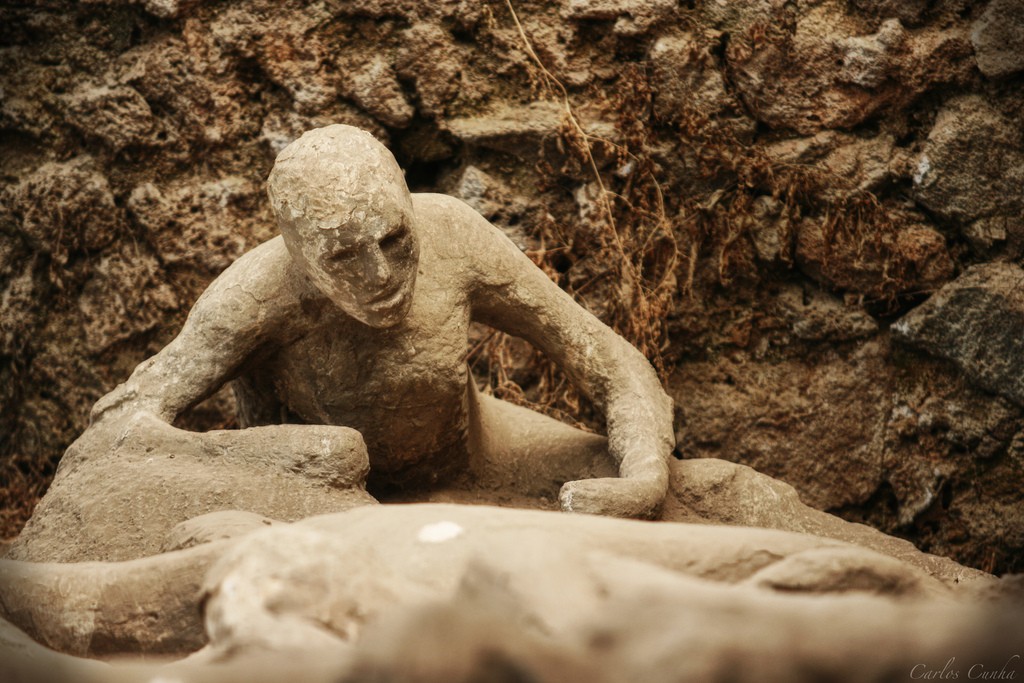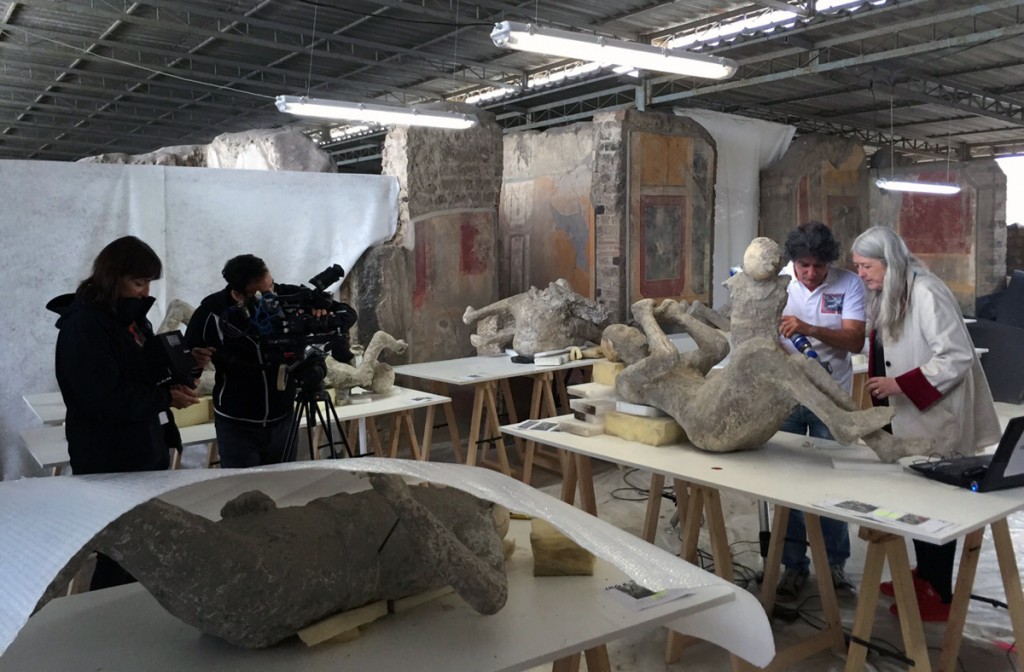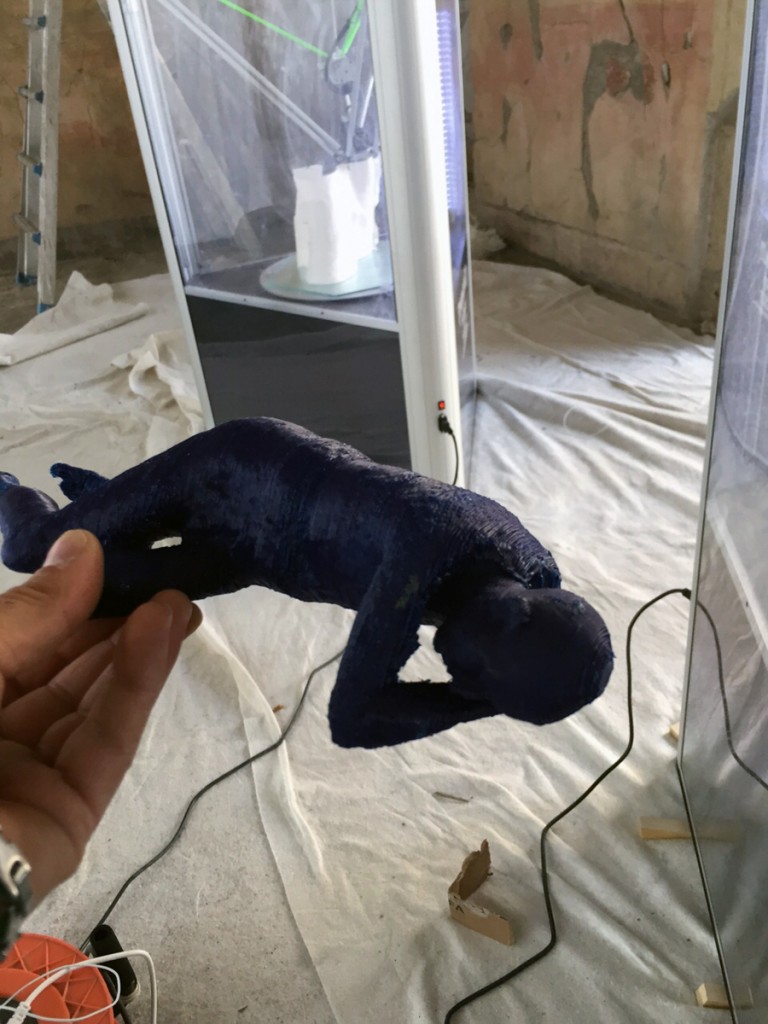Almost two thousand years ago, in approximately 79 AD, Mount Vesuvius erupted in a massive storm of ash and pumice four to six meters deep, destroying the ancient Roman city of Pompeii. The volcano and the town, with its 11,000 inhabitants, was then lost to the ages, becoming a legend that was passed down from generation to generation until Pompeii was rediscovered in 1599. And, while the city’s livelihood was destroyed by that epic eruption, its remains were well preserved by the ash, protected from air and moisture.
Not only that, but the positions in which Pompeii’s inhabitants died were also preserved, as their bodies left voids in the ash, with which researchers could create plaster molds to reveal human forms. Now, as a site with some of the most intact artifacts from Pax Roman times, Pompeii is a UNESCO World Heritage Site and one of the most popular tourist destinations in Italy with roughly 2.5 million visitors per year.
Unlike other historical landmarks of ancient times, the preserved forms of Pompeii’s citizens provide the site with a ghost population with particular insight into the lives of Ancient Rome. Unfortunately, their casts are too fragile to leave the heritage site. For that reason, the Special Superintendent for Cultural Heritage of Pompei, Ercolano and Stabia turned to 3D printing to give them new life, with the help of Italian 3D printing pioneers, WASP.

For WASP founder Massimo Moretti, this is a first. The company has managed to find its printers used in a wide variety of applications, from 3D printing large structures to the ultra-fast fabrication of prosethesis and other medical devices, but they had not yet participated in historical or cultural restoration. WASP is proud to be an Italian company that is helping preserve Italian, and human, history, with Moretti saying, “One of the most interesting areas is that one of restoration, the use of 3D print in cultural heritage.”
The Pompeii site, its history, and its preservation continue to produce exciting stories and, with 3D printing, these stories will evolve even further into the future. For more information on the original discovery of the city’s inhabitants and their subsequent replication, watch the video below:
Or, if you’ve got an hour, this BBC video tells the whole story. That is, up until now:





